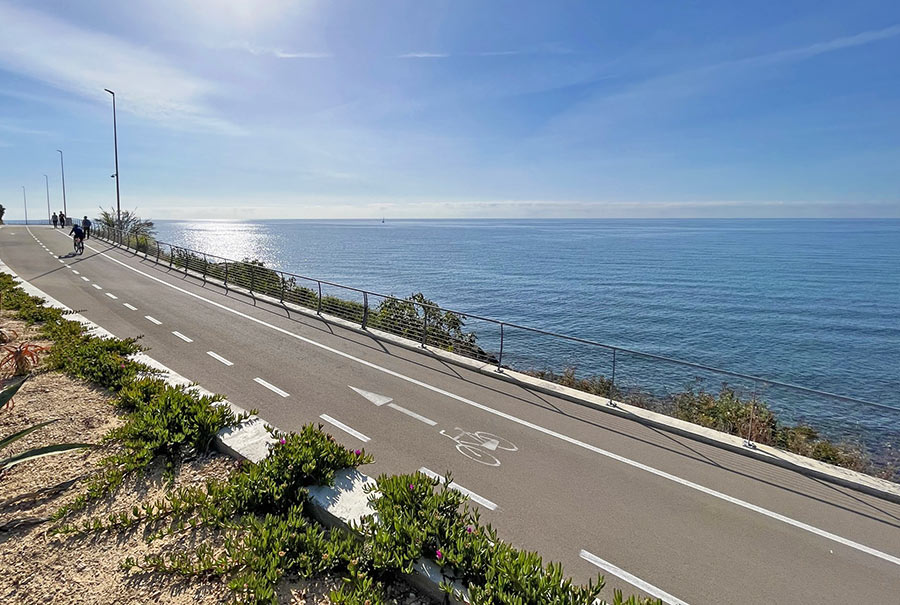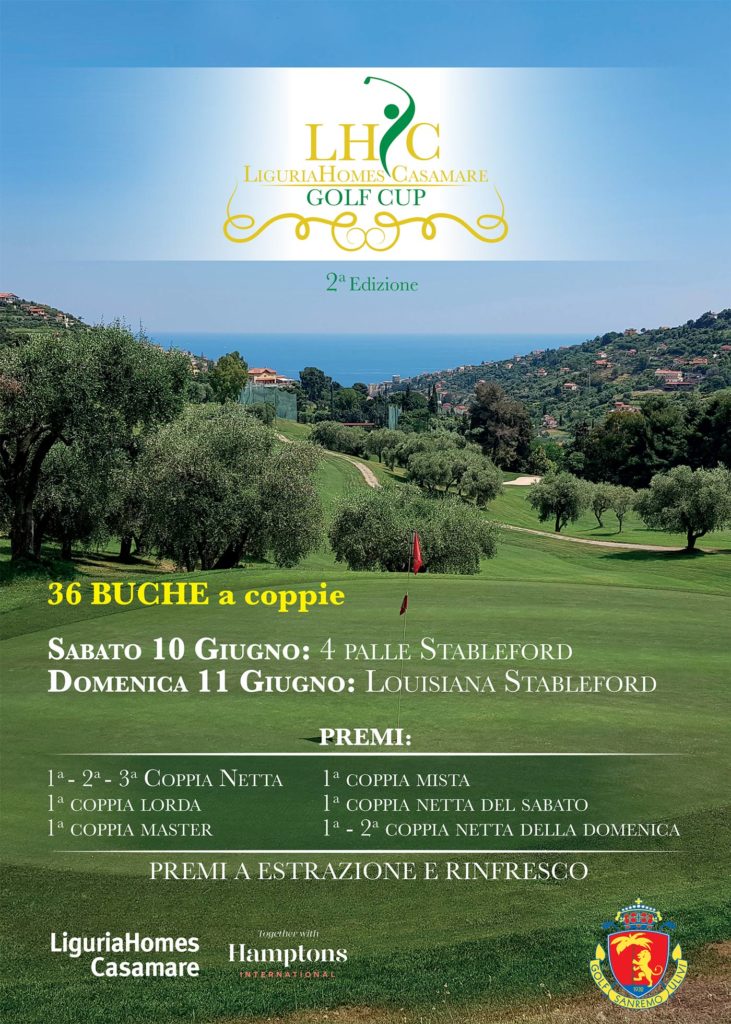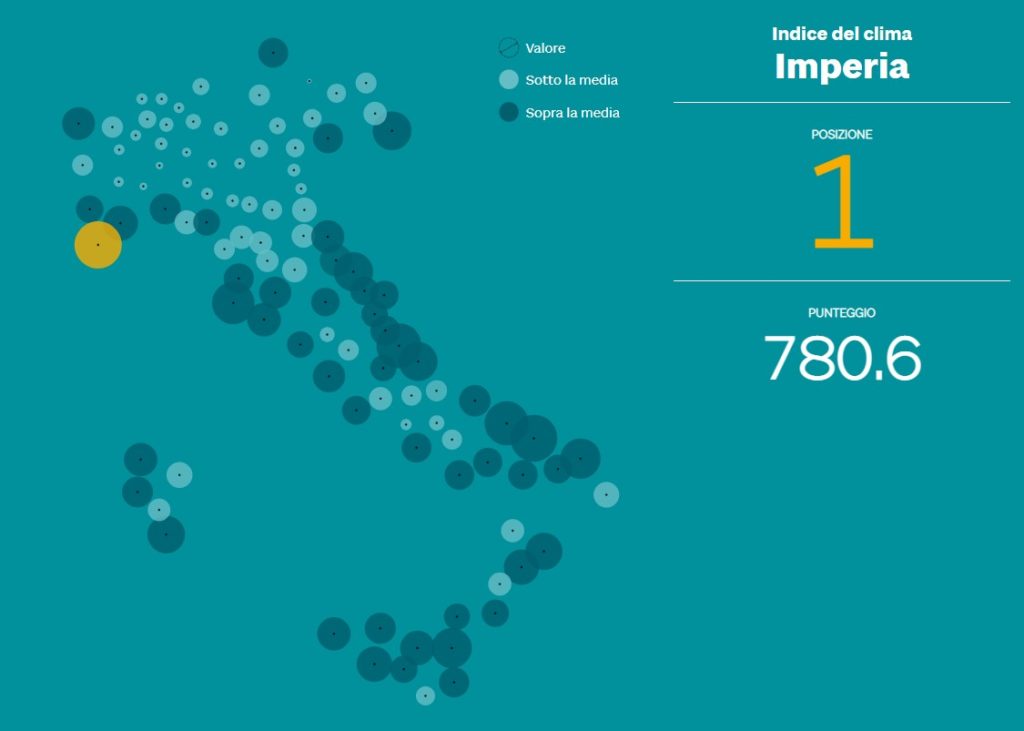Success in the competitive real estate market of today depends on remaining one step ahead of the game. Using cutting-edge techniques to market properties is crucial as technology continues to change the market.
One such method gaining significant traction is the use of video tours. In this article, we explore the transformative power of video tours in elevating the real estate experience, while also celebrating a milestone: my first appearance in a video tour.
Video tours offer a unique opportunity to engage potential buyers and renters by immersing them in a virtual journey through a property. Through a carefully crafted visual narrative, video tours capture the essence of a home, highlighting its architectural details, spacious interiors, and enchanting surroundings. This immersive experience evokes emotions and creates a lasting impact, making properties truly come alive.
Two weeks ago, I had the privilege of being involved in a captivating video tour showcasing a stunning property under my management here in San Remo. This marked my debut in the world of video tours, an exciting milestone in my real estate journey. Stepping in front of the camera for the first time was a mix of excitement and nervousness, but the experience proved to be incredibly rewarding. It emphasized the importance of adaptability and embracing new technologies to deliver outstanding service to clients.
Today I am thrilled to share that since the video tour was created only 2 weeks ago, the featured property has already found a buyer! This achievement speaks volumes about the effectiveness of video tours in attracting the right audience and accelerating the sales process. The power of visual storytelling, combined with the convenience of virtual property exploration, has proven to be a winning combination.
This success story serves as a reminder to both sellers and buyers of the immense opportunities that await in the real estate market. If you are a vendor considering selling your property in Liguria, entrusting us with your mandate opens doors to a proven track record of success. Our dedication to embracing innovative marketing strategies, such as video tours, ensures maximum exposure and attracts qualified buyers.
For buyers, our portfolio boasts a range of compelling alternatives. Through our video tours, you can explore properties from the comfort of your own home, saving time and energy. Whether you’re searching for your dream home or investment opportunities in Italy, our video tours provide a comprehensive and immersive preview of what awaits you.
Video tours have become an invaluable tool in the real estate agent’s arsenal, transforming the way properties are showcased and experienced. My first appearance in a video tour was an exciting and enlightening experience, reaffirming the importance of embracing new avenues in our ever-evolving industry.
As we celebrate the success of the featured property finding a buyer, we invite sellers to consider entrusting us with their mandates and encourage buyers to explore the exciting alternatives we have available along the Italian Riviera.
I look forward to guiding you, providing expert advice, and being your trusted partner in all your real estate endeavors.
Matteo Scandolera
matteo@liguriahomes.com







